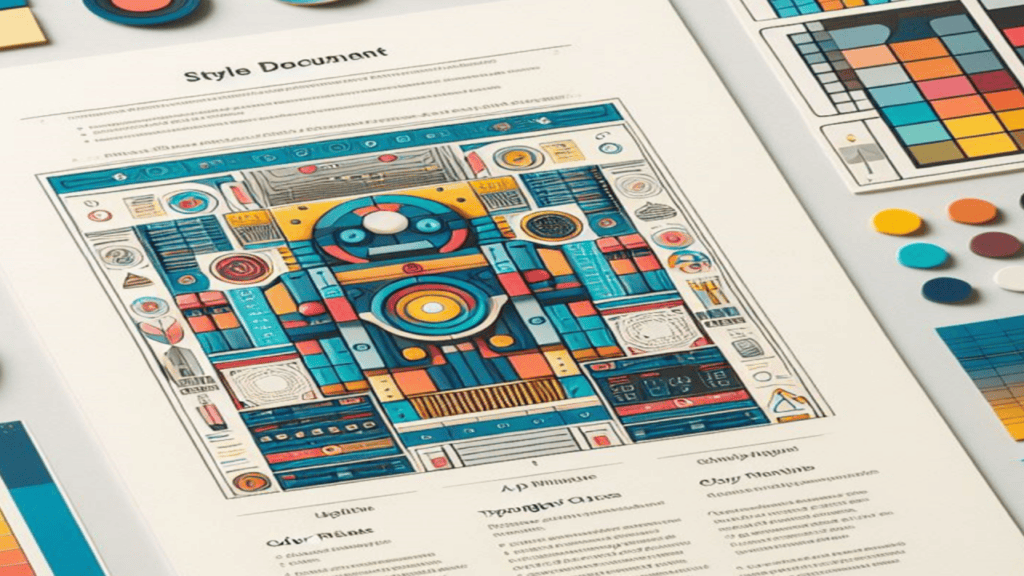
First, what is a personal style guide and why do you need one?
A personal style guide (or personal style document) is a summary of your unique communication style, preferences, and often goals. It helps you define how you want to sound and what you want to say in your emails, messages, and other written communications.
Creating a personal style document can help you save time, improve consistency, and enhance your personal brand. By providing a clear and concise guide for Copilot, you can ensure that the content it generates for you matches your voice and style.
How to create a personal style document?
Get started manually:
- Review your recent communications and identify the key characteristics of your voice and style. Think about how you want to sound, what you want to say, and how you want to say it.
- Write down the key characteristics in a document, using bullet points or sentences. You can use examples from your own communications to illustrate your points.
- Organize the document into sections, such as introduction, key characteristics, and application. You can use headings and subheadings to structure your document.
Or let Copilot for Microsoft 365 start writing it for you. I started in Microsoft Copilot with Graph-grounded chat inside Microsoft Teams (some people just call it M365 Chat in Teams) and gave this prompt: Look at the emails and Teams meetings that I have sent in the last two weeks. Use these messages to distill a personal brand voice document that I can use to inform copilot of my personal voice and style.
and thenplease create this as a document that captures my personal brand voice and style.
But what I got out seemed magical to me:


Take a read through the document. Did it pick up things that you don’t want as your brand? I had a few tweaks to make to truly make it sound more like my style/messaging. It was REALLY close, though. I did change the tenses and terms. Remember, Copilot is an assistant, but you, the human, must make sure that it’s getting it exactly the way you want it.
Finally, save your document in a format that Copilot can access, such as Microsoft Word. You can name your document something like “Your Name’s Personal Brand Voice and Style Guide” to make it clear when you reference it.

How to use a personal style guide?
When you want to use Copilot to write something for you, such as an email or a message, you can provide your document as a context or grounding for Copilot. You can do this by attaching your document (hit the / key), or copying and pasting it into the prompt, or providing a link to it.
Copilot will use your document as a reference and generate content that better matches your voice and style. You can review the content and make any adjustments as needed.

Now Copilot for Microsoft 365 does not “learn” or “remember” your style preferences. So be sure to attach it as needed.
There’s also no reason you can’t have multiple styles. You may want one more casual one for internal communications and one for more formal times. Just attach the proper file.
This blog is part of Microsoft Copilot Week! Find more similar blogs on our Microsoft Copilot Landing page here.
About the author:

I help some of the largest organizations learn to communicate and collaborate better. It’s something I started first in corporate IT, then on the voice and video side, and now at Microsoft with AI, M365 Copilot plus Microsoft Teams Room Systems. Yes, I am a technical seller, but I love seeing how modern technologies transform businesses, securely and at scale!
Lurie, P. (2024) Creating A Personal Style Guide for Copilot for Microsoft 365. Available at: Creating A Personal Style Guide for Copilot for Microsoft 365 | LinkedIn [Accessed on 13/05/2024]









